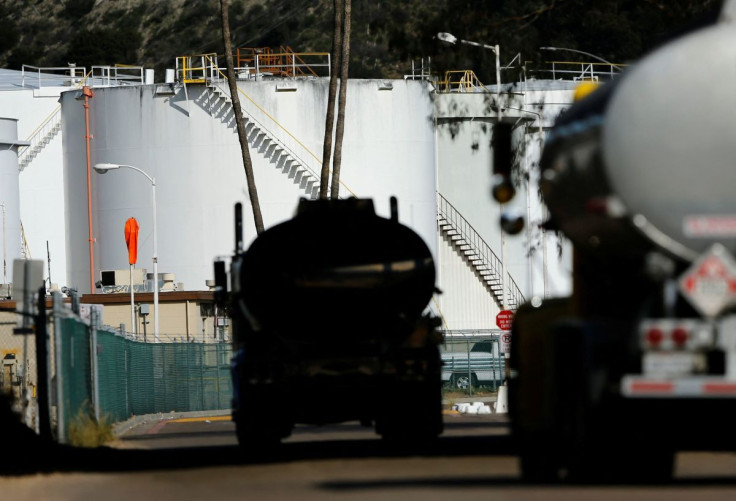Gasoline Boosts U.S. Producer Prices In February

U.S. producer prices increased solidly in February as the cost of goods like gasoline surged, and further gains are in the pipeline following Russia's war against Ukraine, which has made crude oil and other commodities more expensive.
The report from the Labor Department on Tuesday offered more evidence that inflation would remain uncomfortably high in the months ahead, despite underlying price pressures at factory gate rising moderately last month.
The Federal Reserve is expected to raise interest rates on Wednesday for the first in just over three years, with inflation running way above the U.S. central bank's 2 % target. Economists are forecasting as many as seven rate hikes this year.
"We expect March PPI to show larger increases as commodity prices increase and global trade disruptions amplify," said Will Compernolle, a senior economist at FHN Financial in New York. "For consumer prices to slow, firms will first have to grapple with disruptions from the Russian invasion and new lockdowns in the heart of China's most productive regions."
The producer price index for final demand increased 0.8% after accelerating 1.2% in January. Goods prices shot up 2.4%, the largest gain since in December 2009, after rising 1.5% in January. A 14.8% jump in wholesale gasoline prices accounted for
nearly 40% of the increase in goods prices. Gasoline rose 3.3% in January. Food prices advanced 1.9% last month.
Services were unchanged after increasing 1.0% in January.
In the 12 months through February, the PPI climbed 10% after a similar gain in January. Last month's increase in the PPI was in line with economist's expectations.
The data does not capture the jump in prices of oil and other commodities, like wheat, following Russia's invasion of Ukraine on Feb. 24. Economists are forecasting as many as seven rate hikes from the U.S. central bank this year.
OIL PRICES RETREAT
Crude oil prices shot up more than 30%, with global benchmark Brent hitting a 14-year high of $139 a barrel, before easing to trade below $100 a barrel on Tuesday. Despite the pullback, inflation is likely to remain hot as a resurgence in COVID-19 infections in China, a major source of raw materials for U.S. factories, puts more pressure on supply chains.
Inflation was already a problem before the Russia-Ukraine war. A shift in spending to goods from services during the COVID-19 pandemic and trillions of dollars in relief from the government unleashed strong demand, which ran against capacity constraints as the spread of the coronavirus pushed millions of workers out of the labor market, making it harder to move raw materials to factories and finished goods to consumers.
The government last week reported an acceleration in consumer prices in February, with the annual inflation rate posting its largest increase in 40 years.
High inflation, mostly in the form of more expensive gasoline, has prompted economists to trim their economic growth estimates for this year. So far, a recession is not anticipated as households accumulated massive savings during the pandemic.
Excluding the volatile food, energy and trade services components, producer prices climbed 0.2% in February. The so-called core PPI increased 0.8% in January.
The cost of services was last month held back by a 4.2% decline in portfolio management fees. There were also decreases in the prices of hotel and motel rooms well as apparel, jewelry, footwear, and accessories retailing. That offset a 1.9% rise in the cost of transportation and warehousing services.
In the 12 months through February, the core PPI increased 6.6% after gaining 6.8% in January.
© Copyright Thomson Reuters 2024. All rights reserved.




















